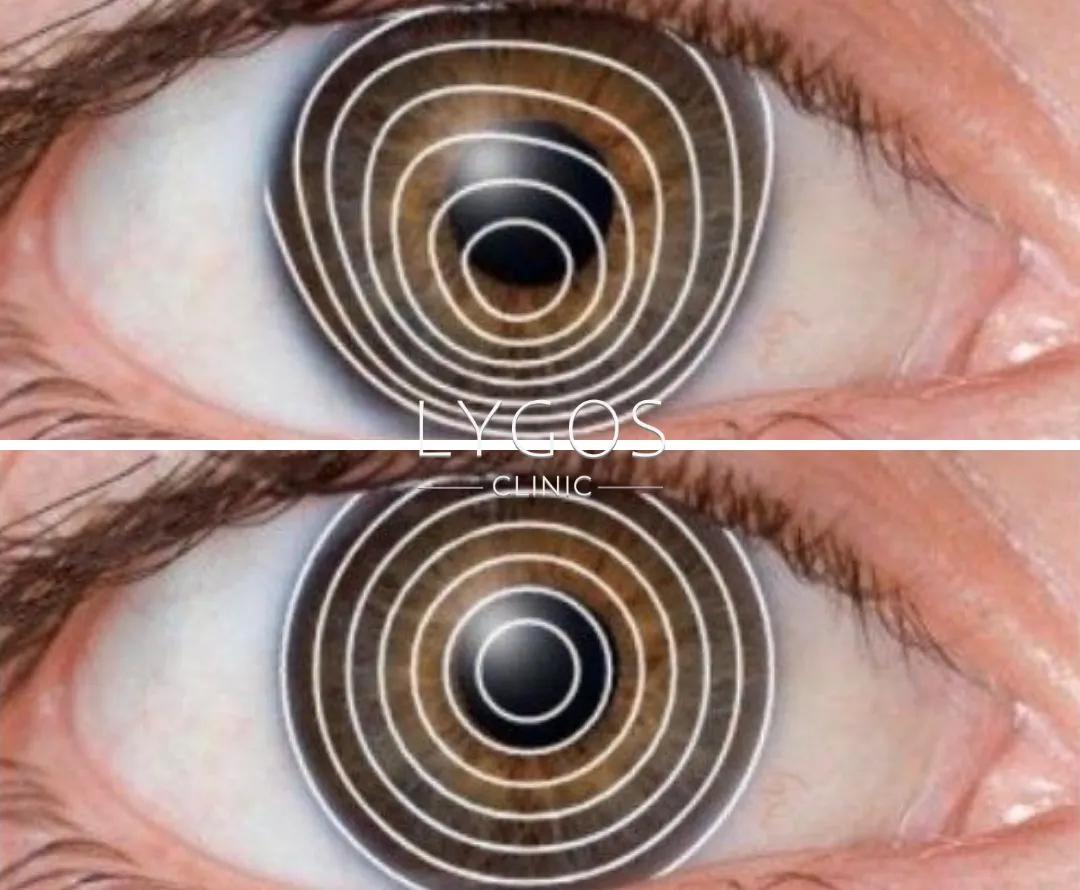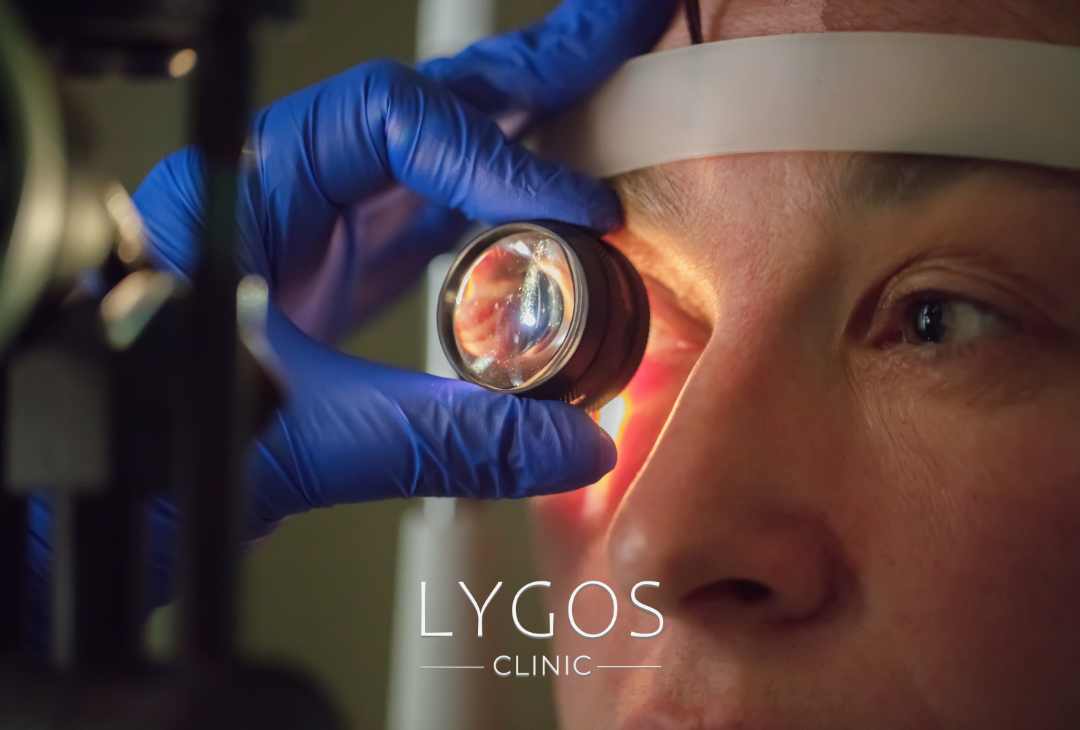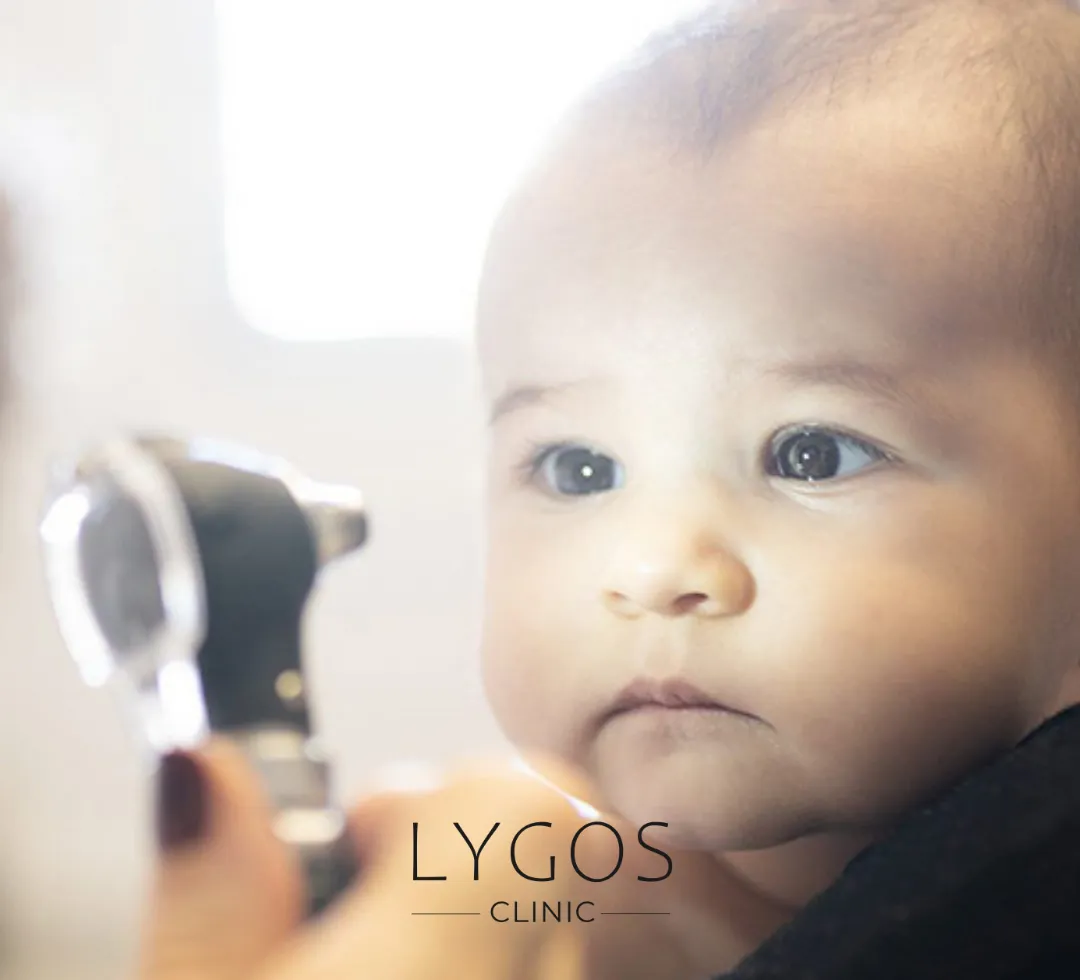What is Keratoconus?
Get Free Consultation
Chose Your Topic

What are the Symptoms of Keratoconus?
The symptoms of keratoconus disease are not yet fully known. However, in some cases, it has been observed that the disease is inherited and passed on from the mother or father. Approximately 1 in 10 people with keratoconus have parents with the disease. Usually, keratoconus appears in the late teens or early 20s.
Vision problems gradually worsen over about 10 to 20 years. Some claims suggest that poor quality contact lenses may be a possible cause of keratoconus, but this has not yet been proven. The corneas of people with a predisposition to keratoconus can be easily damaged by even minor trauma, such as eye rubbing. Therefore, it is very important not to rub your eyes if you have keratoconus.
Rubbing the eyes can damage the thin corneal tissues and worsen the symptoms of the disease. If your eyes itch for allergic reasons and you feel the need to rub them, it is worth talking to your ophthalmologist to get your allergies under control. The symptoms of keratoconus are as follows:
- Mildly blurred vision
- Mild deterioration of vision
- Sensitivity to light and brightness
- Redness and swelling of the eye
- Increase in eye impairment and blurred vision
- Requirement to wear glasses
- Increased eye problems such as myopia or asigmatism
How is Keratoconus Surgery Performed?
Keratoconus surgery varies depending on the symptoms and progression stage of the disease. In the early stages, visual impairment can be corrected with glasses. But as the disease progresses, you may need to wear special hard contact lenses to get a clear view.
There are other methods used to treat keratoconus. In a surgical procedure, the curvature of the cornea can be corrected by inserting small curved devices into the cornea. Your ophthalmologist may also use a special UV light and eye drops to strengthen the cornea. Keratoconus surgery causes the cornea to flatten or harden, helping to prevent it from bulging further.
When symptoms become severe, your doctor may recommend a corneal transplant. In this procedure, your doctor replaces all or part of the diseased cornea with healthy donor corneal tissue. This treatment method can greatly improve vision and improve patients' quality of life in advanced stages of keratoconus.

What are the Risks of Keratoconus Surgery?
- Risk of eye infection: Eye infections can occur after surgery and these infections can lead to serious complications.
- Risk of eye pressure: Eye pressure may increase after surgery, which should be monitored carefully.
- Risk of inflammation in the eye: Inflammation is another potential risk in the postoperative period.
- Risk of recurrence of corneal structure disorder: There is a possibility that the surgically corrected corneal structure may deteriorate again over time.
- Loss of vision: In rare cases, vision loss may occur after surgery.
- Double vision (diplopia): Some patients may experience double vision after surgery.
- Hypersensitivity to light: After surgery, the eyes may become more sensitive to light.
Incidence of Keratoconus

Keratoconus Ring Treatment
Keratoconus ring treatment can be a good alternative method when contact lenses are not possible or uncomfortable for keratoconus patients. If keratoconus is not advanced, treatment can be performed under local anesthesia by inserting intra-corneal rings (INTACS, Keraring, Ferrara) into the channels opened in the cornea in seconds with Femtosecond Laser.
Keratoconus ring treatment is an effective method in the treatment of corneal disorders. Keratoconus is a disease that causes the cornea to thin and take a conical shape. As this condition progresses, there can be a serious decrease in the quality of vision. Corneal rings stabilize the shape of the cornea, helping to improve the quality of vision. In this way, it slows the progression of the disease. This method is particularly effective in the early and middle stages of the disease and can significantly improve the quality of life of patients.
Keratoconus Surgery Results
After Keratoconus Surgery
There are important points to be considered after keratoconus surgery. After this procedure, regular examinations and topographic examinations are performed. If corneal thinning persists, your doctor may recommend a repeat keratoconus surgery.
If you experience any of the following symptoms after keratoconus surgery, you should contact your doctor immediately:

- Increased pain, redness or swelling after surgery
- Loss of vision
- Blurred vision
- Hypersensitivity to light
- Coryza or watery eyes in the operated eye

Keratoconus Lens Costs
Another curious issue about keratoconus treatment is the cost of this operation. Keratoconus lens costs may vary depending on the procedure applied and the health institution where the procedure is performed.
Individuals considering this method should consider their own health status and risk factors. Therefore, it is important to have a detailed consultation with a specialist. The information and support you will receive from health institutions and experts will help you make the best decision about keratoconus lens costs.
Frequently Asked Questions About Keratoconus
BLOG

Is Breathing Through the Mouth Harmful?
Chose Your Topic Is Breathing Through the Mouth Harmful? Breathing is one of the most fundamental needs of life. However,

Does Rice Water Make Hair Grow? | Benefits of Rice Water
Chose Your Topic Does Rice Water Make Hair Grow? Natural methods in hair care have become quite popular in recent

Breast Lump | Types: Benign, Malign and Causes | LYGOS 2025
Breast Lump While cancer stands out as one of the most common health problems today, early diagnosis rates are also





